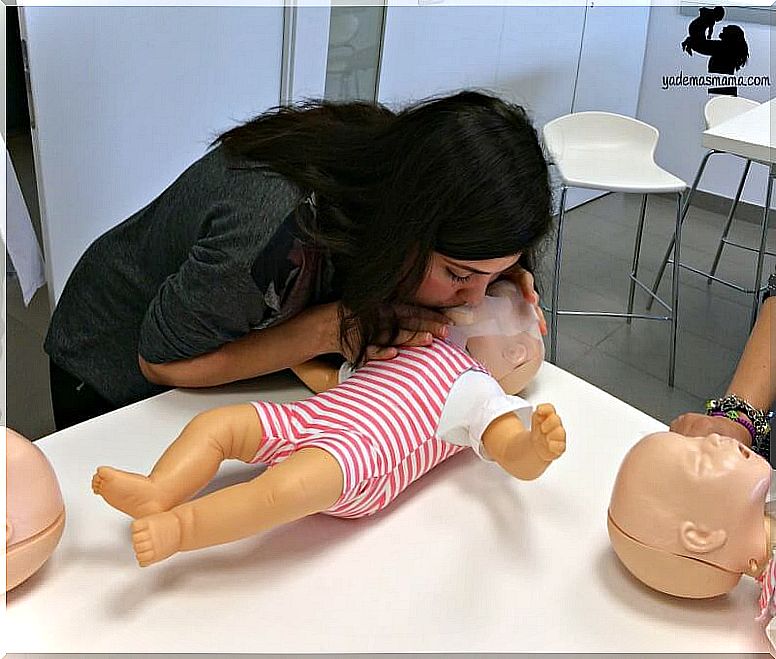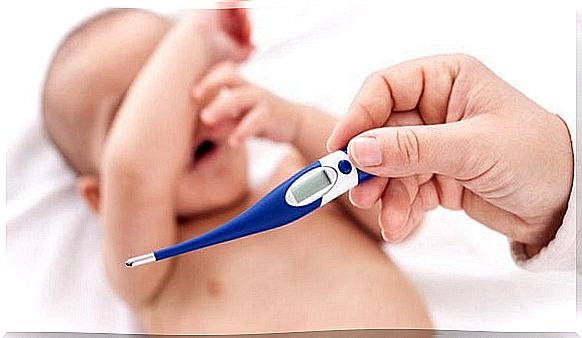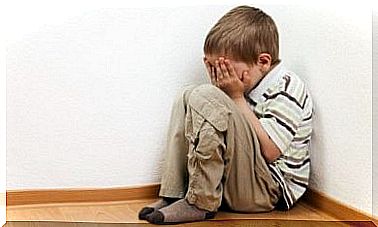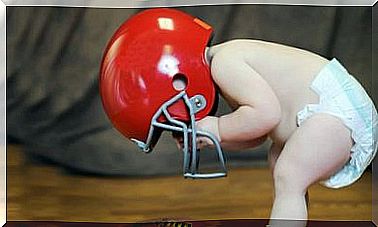Important! How To Save Your Child’s Life If He Suddenly Stops Breathing!

We don’t want it to ever happen, but if you find yourself in this dramatic situation, we want you to be prepared. Here’s how to save your child’s life if he suddenly stops breathing, so you don’t waste a minute.
The most important thing is to quickly analyze the situation and stay calm. When a child or a baby stops breathing, it can be due to different causes. It is essential to know what the situation is in order to act accordingly.
Causes why you are not breathing
Choking

It is the accidental obstruction of the upper or middle airways. It is generally caused when our child has eaten a food and has not chewed it well.
It is often produced with very large pieces that the child is not able to chew well, such as large pieces of meat. That is why it is important, until you learn, to give it small pieces or to mash it into purees.
Nor should we forget about foods with a pasty consistency, such as gum or gummies, which are not recommended until the child is of a certain age. Another cause is that the child has ingested a small object, so it is vital to be under our supervision at all times.
Drowning
Drowning occurs when our child is unable to breathe. The air intake to the body is submerged in a liquid, and it is impossible for it to breathe properly. This type of suffocation occurs in summer when it is the time of swimming pools or on beach vacations.
Although a carelessness in the bathtub at home, makes us be in the same situation. Let’s not forget that a few inches of water are enough to scare us.
That is why it is very important to have children supervised at all times.
Pneumonia
It is an acute inflammation of the lung. Normally after a “badly cured” cold, this disease usually appears. The onset of pneumonia is characterized by inflammation in the upper tract, with rhinitis, fever, or low-grade fever.
Then the inflammation descends to the lower expiratory tract, with respiratory distress, and increased respiratory rate. With proper medical treatment, our son does not have to have any health problems.
The pediatrician will prescribe antibiotics and bronchodilator inhalers to facilitate the passage of air, which together with good hydration, will help us overcome the crisis.
Bronchospasm
It is the narrowing of the bronchial lumen, as a consequence of the contraction of the musculature of the bronchi, which causes breathing difficulties. The best thing is to go to an emergency service since our son may not be receiving adequate oxygen.
Bronchitis
It is an inflammation of the lower airways.
It happens when the bronchial tubes, located between the lungs, become inflamed due to an infection. At first, it affects the nose and throat, then it spreads to the lungs.
Our pediatrician will prescribe bronchodilators and antibiotics to improve the air intake and cure the infection.

Bronchiolitis
Mucus in the upper respiratory tract often produces a cough, which is the natural mechanism to expel it.
There are times that these mosquitoes reach the lower respiratory tract, because our son has not been able to expel them correctly and inflammation occurs.
In very young babies, this excessive accumulation of mucus can cause them to choke, and they can even stop breathing.
To prevent this from happening, nasal washes are recommended. Nasal washes clean the airways to fight mucus.
What to do when you are not breathing:
Seek help as quickly as possible
We must think about what will solve the situation immediately.
We only have two options: approach the pediatric emergency hospital service or call 112 directly .
While help arrives …
The Heimlich maneuver
It is a first aid procedure to unblock the airway, normally blocked by a piece of food or any other object.
It is an effective life-saving technique in the event of suffocation from choking. The little one should be laid on his back, on a rigid surface. Supporting the hands one on top of the other, between the sternum and the navel, it must be pushed several times in the direction of the thorax.
CPR
It is a life-saving emergency procedure used when a person has stopped breathing and the heart has stopped beating.
The compressions time is 120 compressions per minute. CPR combines mouth-to-mouth breathing and heart compressions. All this, until respiratory function and heart palpitations can be restored naturally, or artificially through cardiac or respiratory monitors.
In the case of the baby, it is done by placing him face down, leaning on the forearm, we give him 5 blows on the back. We must never forget that in these situations every minute is very important, so seeking professional help as quickly as possible is vital to get out of the situation successfully.









